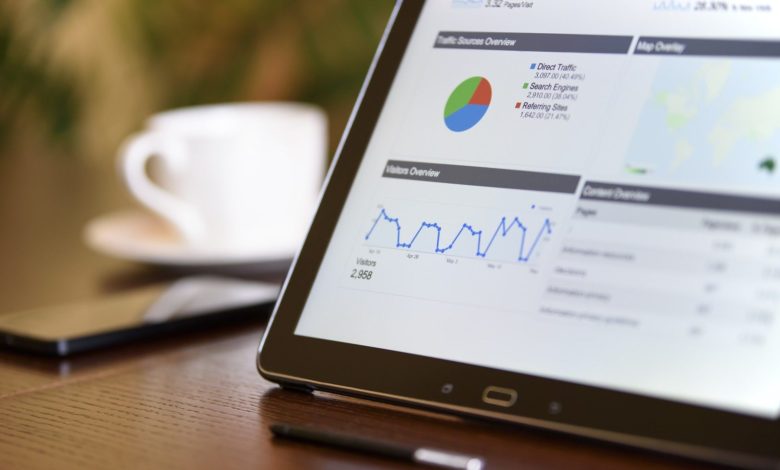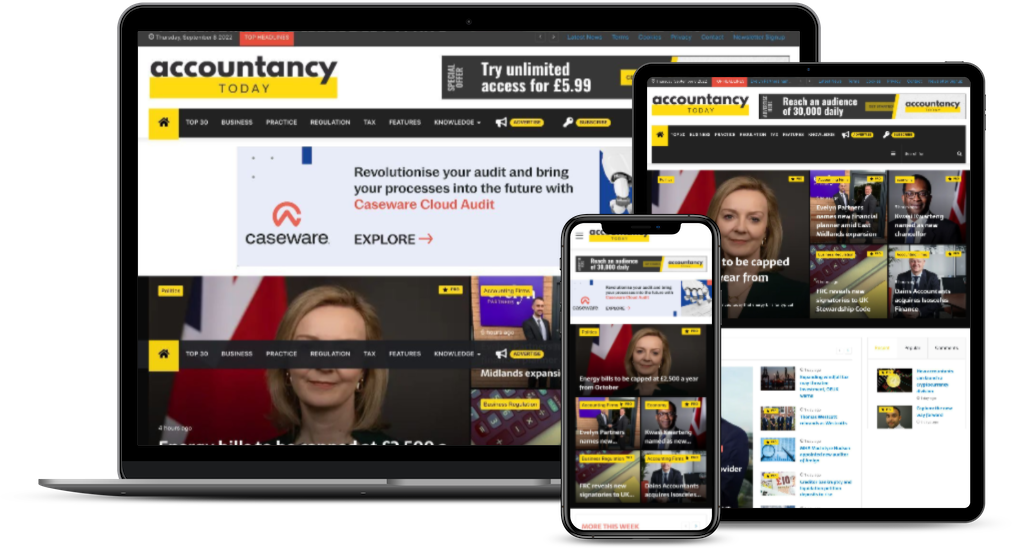
It sounds counterintuitive but there are times when you can be better off not using a tax relief, and the Annual Investment Allowance is a case in point.
Like many of these specialist tax reliefs, it boasts a number of quirks that can make it difficult to maximise the benefits, but there are a few simple tips you can follow.
The Annual Investment Allowance (AIA) is part of the Capital Allowances family of tax incentives and was introduced by HMRC in 2008. It is the only way businesses can access tax reliefs on expenditure for new plant and machinery within a single tax year, as opposed to small percentages spread over many years.
AIA — which can be claimed by both companies and individuals — allows businesses to claim 100% allowance for capital costs incurred on plant and machinery (excluding cars) up to an annual limit.
The annual limit has gone up and down like a rollercoaster since its introduction, falling as low as £25,000 in 2012, and shooting up to £1 million most recently on 1 January 2019.
If qualifying expenditure exceeds the annual limit, HMRC rules say that excess capital allowances must be claimed by using Writing Down Allowances (WDAs).
WDAs are percentages of the cost of plant and machinery which can be used to reduce taxable profit each year.
Every plant and machinery purchase falls into one of two main WDA categories:
-
18% WDA – for General Pool Items
-
6% WDA – for Special Rate Pool Items
Broadly speaking, the two different categories reflect the life expectancy of the item. For example, a new heating system in a property is expected to have a long life, so it falls under the lower, longer benefit of 6% Special Rate Pool WDA.
Conversely, carpets are expected to have a relatively short life due to wear and tear, therefore they fall under the higher, quicker benefit of 18% General Pool WDA.
Preserving the personal allowance for individuals
It is usually best to use your whole AIA allowance but there is one instance where it is better to hold some back.
All UK taxpayers are entitled to a Personal Allowance — currently £12,500. This means an individual is only taxed on income above £12,500.
Using AIA to reduce an individual’s taxable income below £12,500 effectively wastes the tax relief, as they were already entitled to pay no tax on this income.
In the above instance, it would be more beneficial to reduce taxable income only to the level of the Personal Allowance.
Any excess capital allowances can then be included under WDA and carried forward into subsequent tax years.
Other important aspects of AIA
- AIA is only available in the tax year in which the relevant expenditure has been incurred.
-
Only one AIA is available between a group of connected companies or, for individuals, someone carrying on two or more related trades. Therefore, a single AIA limit should be allocated between the group companies or related trades where it is most beneficial.
-
Partnerships where one of the partners is a limited company are not entitled to AIA.
-
No AIA is available on transactions between connected parties.
-
Another common mistake is not prioritising AIA for items that fall under the 6% Special Rate Pool. If you don’t, it will take far longer to realise the benefit using only WDA without AIA.
In short
The Annual Investment Allowance is a great tool for businesses and individuals to maximise tax relief on new plant and machinery expenditure. But make sure that you pick the right items to claim against your allowance and, for sole traders, don’t waste it where taxable income has fallen below the personal allowance.
Dean Needham, senior capital allowances analyst at specialist tax consultancy Catax









